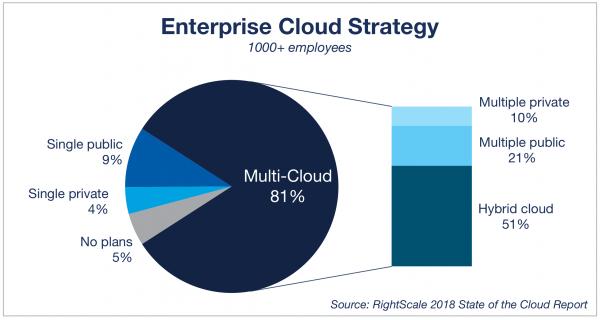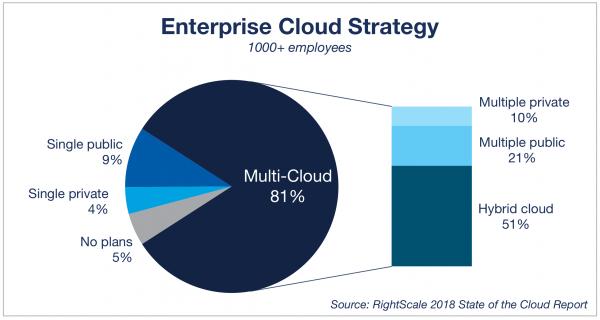The financial technology (Fintech) industry is thriving globally and received over $31 billion in investment during the course of 2017.
According to EY’s Fintech Adoption Index, a third of consumers worldwide are using two or more Fintech services, with 84 percent of customers saying they are aware of Fintech (up 22 percent from the previous year). But users are often unaware that the financial services applications they use count as “Fintech”, or may not know what exactly Fintech and its accompanying jargon means.
In this article we'll explain all the crucial terminology you need to know to understand the sector.
Fintech

Cryptocurrency

A cryptocurrency is a decentralized digital currency which uses encryption - the process of converting data into code - to generate units of currency and validate transactions independent of a central bank or government.
Bitcoin and Ether are the most common form of digital currencies. But there are other forms of virtual cash, such as Litecoin, Ripple and Dash (i.e. “Digital Cash”).
Bitcoin

‘Bitcoin’ – a term we’re more used to hearing even in mainstream finance – was the first and one of the most prominent cryptocurrencies used by traders in the world of Fintech.
It all began when an unknown person(s), under the pseudonym Satoshi Nakamoto, designed Bitcoin as a peer-to-peer (P2P) payment network without the need for governance by any central authority. In an introductory white paper introducing the virtual currency, Nakamoto defined Bitcoin as: “A purely peer-to-peer version of electronic cash (which) would allow online payments to be sent directly from one party to another without going through a financial institution.”
Blockchain

Blockchain is a form of distributed ledger technology (DLT). This means that it maintains records of all cryptocurrency transactions on a distributed network of computers, but has no central ledger.
It secures the data through encrypted ‘blocks’. Various blockchain experts believe the technology can provide transparency for a multitude of different industries, not just the financial services.
The original blockchain network was created by Bitcoin-founder Nakamoto to serve as the public ledger for all Bitcoin transactions.
Ethereum

Ethereum is another type of blockchain network. It was proposed by a 19-year-old Russian-Canadian programmer, Vitalik Buterin, in 2013.
Ethereum differs to the original blockchain in that it is designed for people to build decentralized applications. These are applications which allow users to interact with each other directly rather than having to go through any middlemen, Buterin said, explaining the project in 2014.
Ether is the value token of the Ethereum blockchain. It is traded on cryptocurrency exchanges.
Disruptive innovation

Disruptive innovation happens whenever new technologies alter the way markets operate.
Though not exclusively a Fintech term, it is often used to describe events in the financial services where technological developments force financial institutions to rethink their approach to the industry.
Financial services firms engaged in Fintech can even “disrupt” themselves at times. “We continue to disrupt and challenge ourselves,” Christina Hamilton, head of partnerships and international expansion at remittance firm Western Union, told CNBC in an interview in July.
Regtech

Regulatory technology (Regtech) is technology which helps firms working in the financial services industry meet financial compliance rules.
One of the main priorities of Regtech is automating and digitizing Anti-Money Laundering (AML) rules which aim to reduce illegally obtained income, and Know Your Customer (KYC) processes which identify and verify the clients of financial institutions to prevent fraud.
The U.K.’s Financial Conduct Authority was the first governmental regulator to promote the term. Regulators like the FCA are working with Regtech firms on a range of different applications, including AI and Machine Learning, to improve the efficiency of compliance in the financial services and cut costs.
Insurtech

Insurtech is a subset of Fintech which relates to the use of technology to simplify and improve the efficiency of the insurance industry.
A report by consulting giant Capgemini and non-profit insurance industry body EFMA last month found that traditional insurance firms are facing increasing competitive pressure due to the emergence of a number of Insurtech start-ups.
Initial coin offering

An initial coin offering (ICO) is a crowdfunding measure for start-ups that use blockchain.
It involves the selling of a start-up’s cryptocurrency units in return for cash.
ICOs are similar to initial public offerings (IPOs), where the shares of a company are sold to investors for the first time. However ICOs differ to IPOs in that they deal with supporters of a project rather than investors, making the investment more similar to a crowdfunding experiment.
Last month China banned ICOs over concerns that the practice is not regulated and can be opened up to fraudsters.
Open banking

Open banking refers to an emerging idea in the financial services and Fintech which stipulates that banks should allow third party companies to build applications and services using the bank’s data.
It involves the use of application programming interfaces (APIs) - codes which allow different financial programs to communicate with each other - to create a connected network of financial institutions and third party providers (TPPs).
Proponents of open banking believe that an “open API ecosystem” will allow Fintech start-ups to develop new applications such as mobile apps to allow customers greater control over their bank data and financial decisions.
Robo-advisor

Robo-advisors are platforms that automate investment advice using financial algorithms.
They limit the need for human investment managers, thereby dramatically reducing the cost of managing a portfolio.
Unbanked/underbanked

The “unbanked” or “underbanked” are those who do not have access to banks or mainstream financial services.
Various Fintech companies have developed products aimed at addressing this portion of society, providing them with digital-only solutions to open up their access to the financial services.
The Federal Deposit Insurance Corporation (FDIC) estimates that there are 10 million unbanked or underbanked American households.
Financial inclusion

Financial inclusion refers to Fintech solutions that provide more affordable finance alternatives to disadvantaged and low-income people who, like the unbanked/underbanked, may have little to no access to mainstream financial services.
This is one of the most important areas for Fintech companies that operate in developing markets.
Smart contracts

Smart contracts are computer programs that automatically execute contracts between buyers and seller Smart contracts are often blockchain-based and can save huge amounts of time and costs involved in transactions which usually require a human to execute them.
In Ethereum for example, the contracts are treated as decentralized scripts stored in the blockchain network for later execution.
Accelerators

Accelerators, also known as “seed accelerators”, are programs enacted by financial organizations to mentor and work with Fintech start-ups.
Fintech accelerators can be either privately or publicly funded, with several programs being run by big banks, from the U.K.’s central bank, the Bank of England, to the multinational private bank Barclays.



















